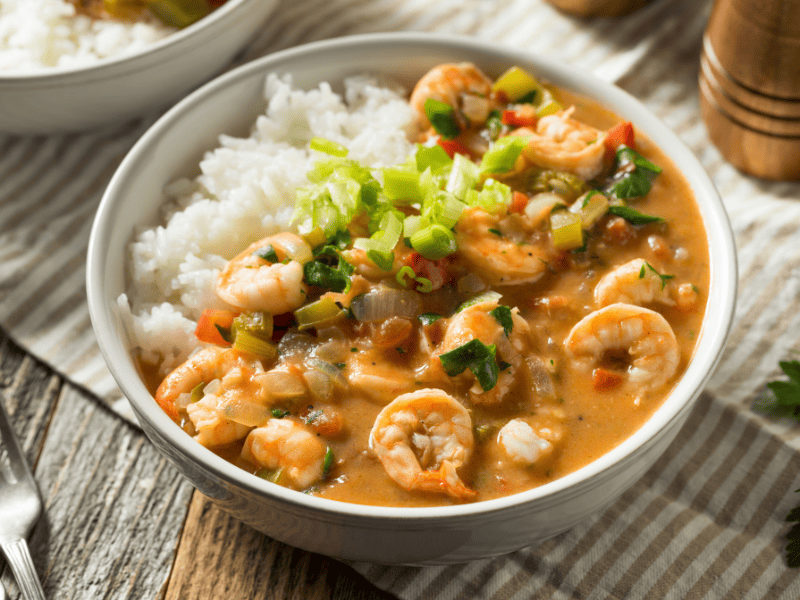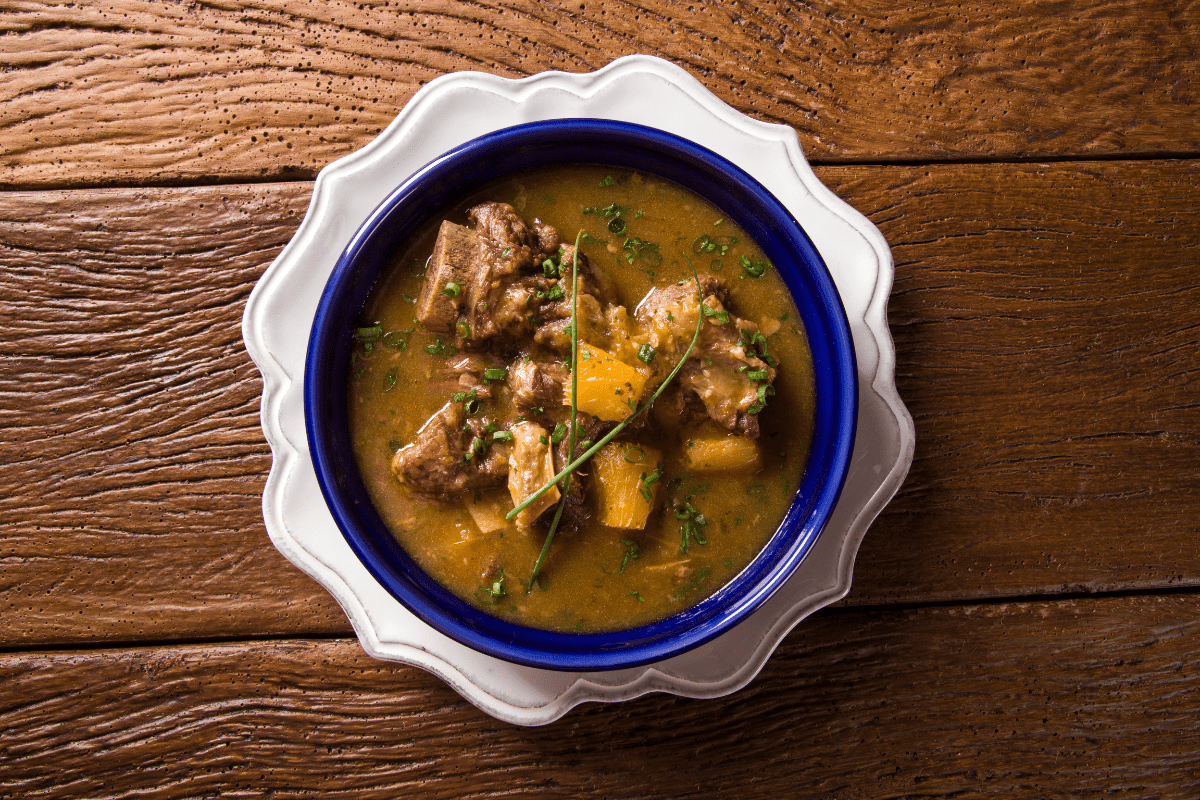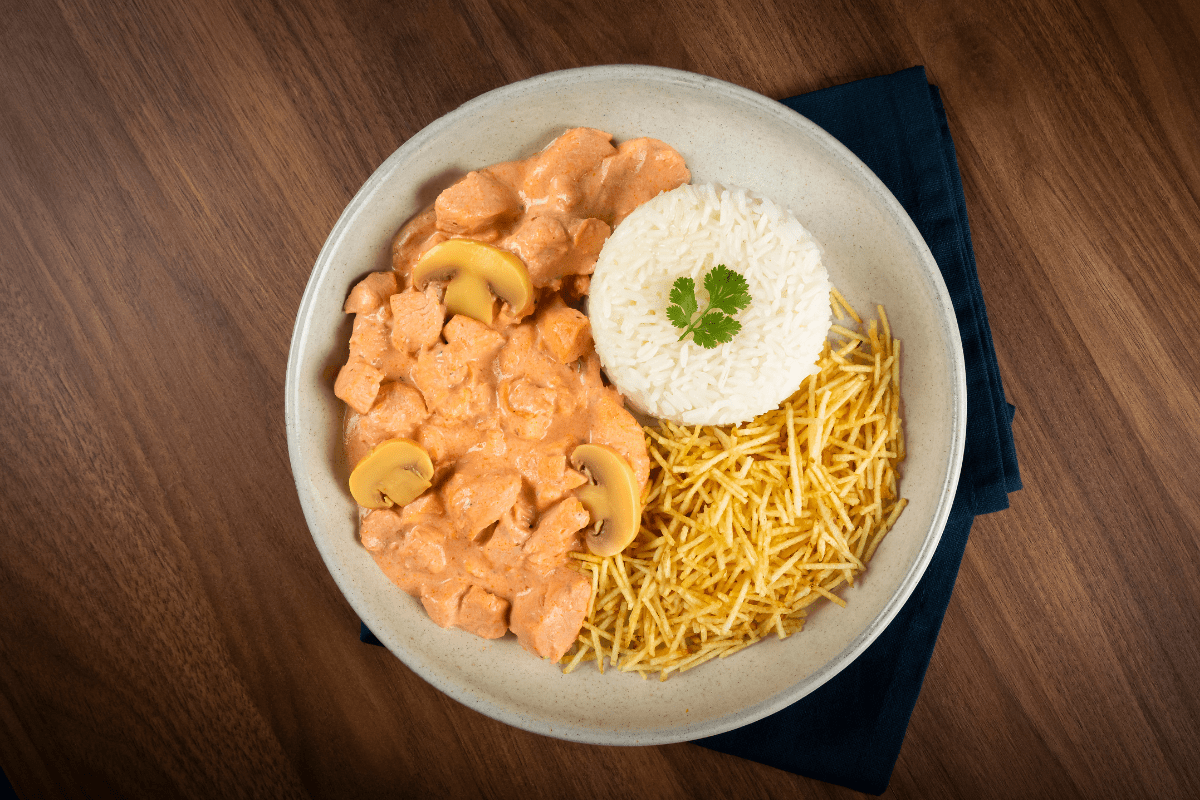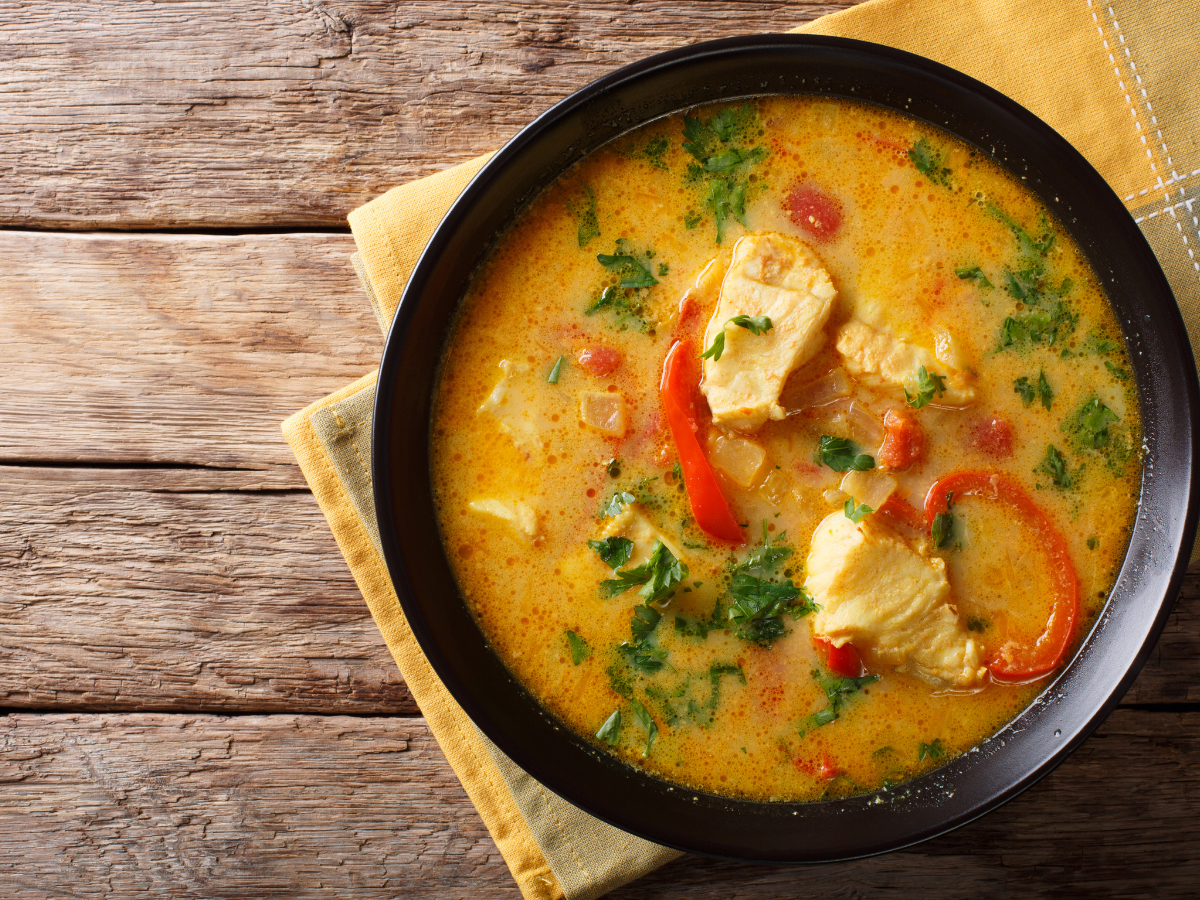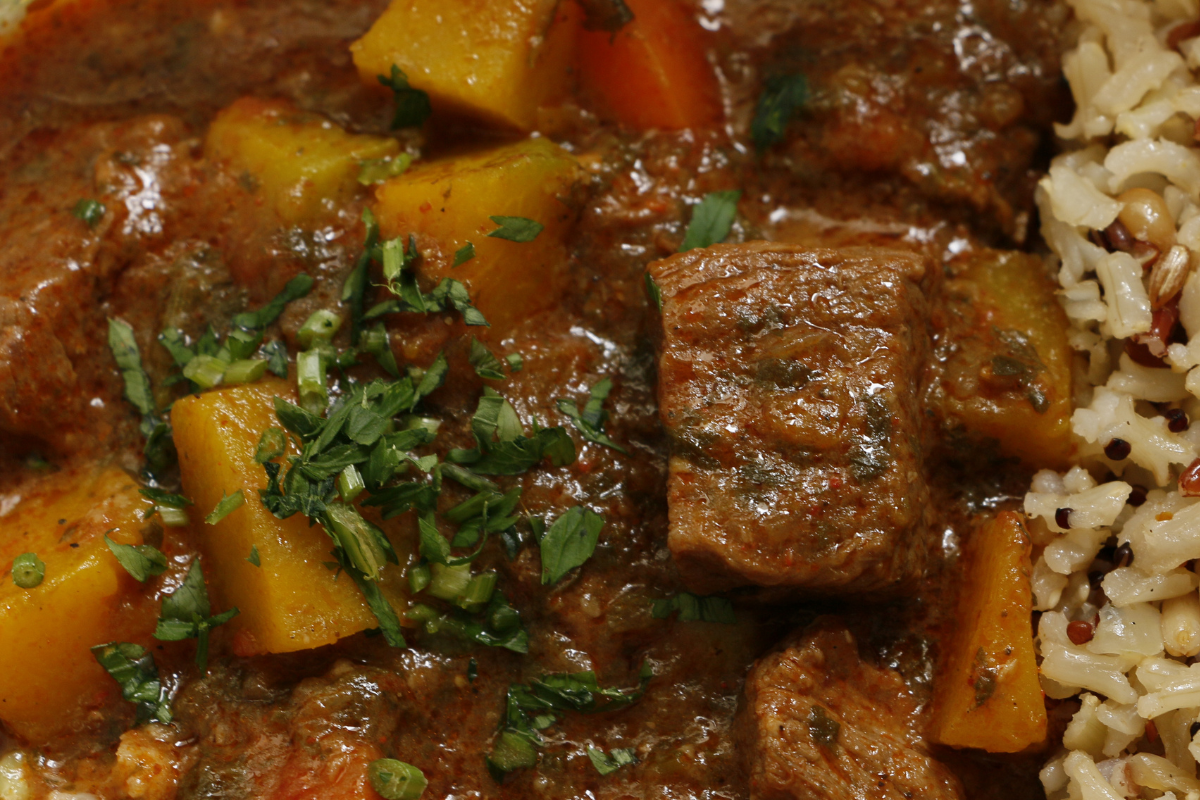
A Comforting Stew with Beef and Winter Squash
Brazilian picadinho, a traditional beef stew, is a delicious and hearty dish that brings together the rich flavors of beef, butternut squash, and a medley of spices. It is a hearty, warming dish that beautifully incorporates the tastes of Fall. The colors alone are a showstopper. Plus, it is ridiculously easy to make and the ingredients are cheap. What more could you want in a winter meal?
Picadinho vs Picadillo
You may notice a similarity in this dish and another known as “picadillo.” While the two dishes share certain ingredients, they differ significantly in taste and texture. For one, picadillo is made using minced beef, while picadinho uses large cubes of meat. Picadinho also makes use of starchy vegetables, like butternut squash, in place of the salty olives and/or raisins in picadillo. Finally, picadillo is meant to cook quickly. As a stew, picadinho needs time to tenderize the meat and bloom the herbs and spices.
What to Eat with Picadinho?
Brazilian beef stew is plenty filling enough to enjoy in a bowl all by itself. However, if you fancy pairing it with a side dish, Brazilian rice is an excellent choice. It would also taste great ladled over some egg noodles (like this estrogonofe de carne recipe), or with a side of garlic mashed potatoes.
Vegetarian Options for Picadinho
While the beef is traditionally the star of Brazilian stew, you can certainly omit the meat and substitute it with some hearty chickpeas, more squash, and some diced potatoes for added “heft.” Just keep in mind that you will not need to cook the stew nearly as long, so check the veggies often so they don’t get too mushy.
Can You Make Picadinho in the Crock Pot?
Of course! In fact, we think picadinho tastes even better in the slow cooker. We recommend taking a few steps before tossing in the ingredients:
- Season the beef cubes with salt and pepper, then sear on all sides lightly over medium high heat.
- Add in another twist of oil and lightly fry the garlic and onion.
- Deglaze the pan with the wine.
- Put the beef, garlic, onion, spices, wine, and broth into the crock pot.
- Cook on low for six hours, or on high for four hours.
- When you have one hour left, add in the butternut squash, tomatoes, and bell peppers.
Brazilian Picadinho de Carne Recipe
Ingredients:
1.5 lbs chuck steak cut into one inch cubes
Extra virgin olive oil
1 small yellow onion, diced
3 cloves garlic, minced2 tomatoes, diced
1 green bell pepper, diced
1 red bell pepper, diced
1 medium butternut squashed, peeled, seeded, and cut into 1-inch cubes
1 tsp ground cumin
1 tsp paprika (not smoked)
1 cup beef broth
1 tsp salt (more to taste)
½ cup white wine
2 bay leaves
¼ cup fresh parsley or cilantro
Instructions:
- Heat a drizzle of olive oil in a large, heavy-bottomed pot over medium-high heat.
- Season the beef with salt and pepper and sear on all sides. Transfer to a plate.
- Reduce heat to medium. Add in another drizzle of oil and add the chopped onion and garlic. Cook just until softened and fragrant.
- Deglaze the pan by adding in the red wine and scraping up any brown bits stuck to the bottom.
- Return the meat to the pot along with the squash, tomatoes, peppers, broth, cumin, paprika, salt, and freshly ground black pepper. Toss in a couple bay leaves.
- Bring the mixture to a rolling boil, then reduce heat to medium-low. Cover, and simmer for one hour to 90 minutes, until the meat is tender.
- Serve piping hot, garnished with fresh cilantro or parsley.
TIP: If you need to thicken the sauce, you can make a cornstarch slurry: start with one tablespoon of cornstarch to two tablespoons of water. Add the mixture to your stew and bring it to a boil. Add more as needed to achieve a gravy-like consistency.
Brazilian Beef Home Delivery
To get the freshest, highest quality meat for your next stew recipe, visit Texas de Brazil’s online butcher shop. Premium cuts of beef, lamb, and pork are available a la carte or in hand-curated boxes-all delivered right to your door. Be the host-with-the-most this holiday season and visit our website today.

